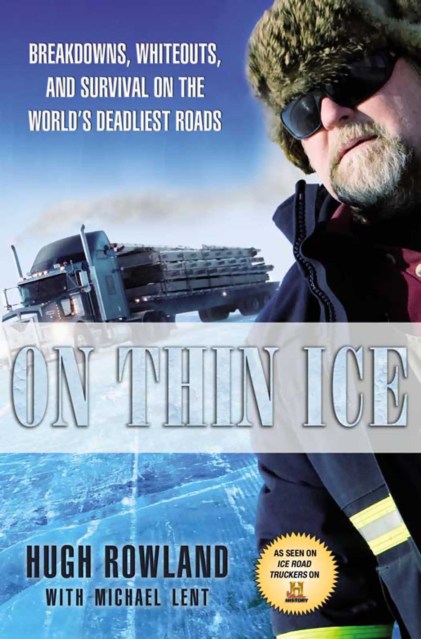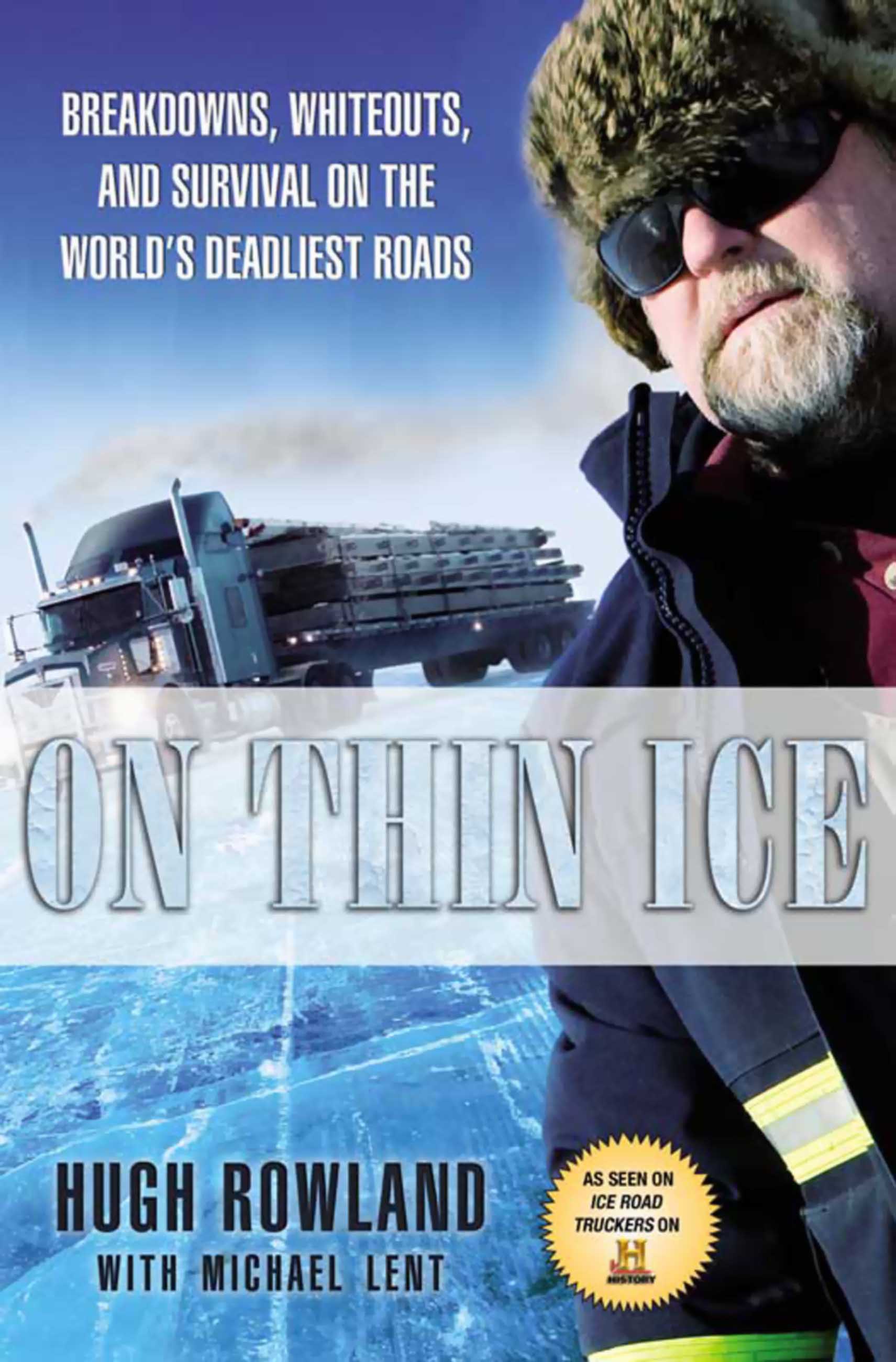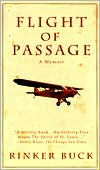Promotion
Use code MOM24 for 20% off site wide + free shipping over $45
On Thin Ice
Breakdowns, Whiteouts, and Survival on the World's Deadliest Roads
Contributors
By Hugh Rowland
By Michael Lent
Formats and Prices
Price
$10.99Price
$13.99 CADFormat
Format:
ebook (Digital original) $10.99 $13.99 CADThis item is a preorder. Your payment method will be charged immediately, and the product is expected to ship on or around June 8, 2010. This date is subject to change due to shipping delays beyond our control.
Also available from:
Genre:
- On Sale
- Jun 8, 2010
- Page Count
- 256 pages
- Publisher
- Hachette Books
- ISBN-13
- 9781401395902
Newsletter Signup
By clicking ‘Sign Up,’ I acknowledge that I have read and agree to Hachette Book Group’s Privacy Policy and Terms of Use






